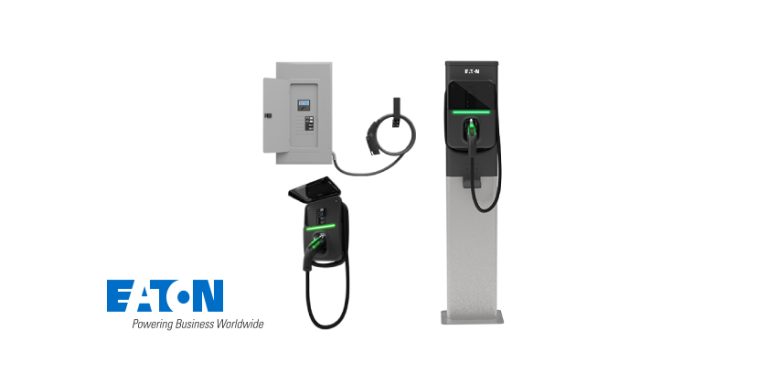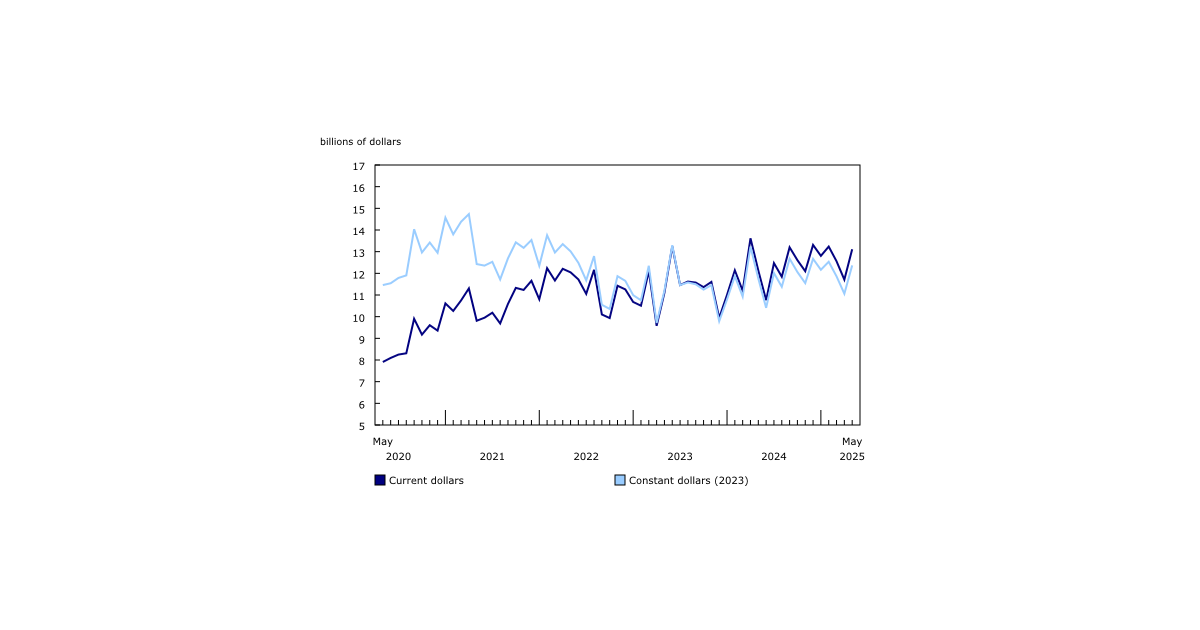Eaton Takes “Everything as a Grid” Position on Energy Transition, Helps Customers Unlock Door to a Low-Carbon Energy Future

March 17, 2020
The energy transition is driving fundamental changes to electrical infrastructure with the rapid increase of many forms of distributed energy resources installed on customer sites. Power management company Eaton is leading this transformation, helping residential, commercial and industrial customers add more renewables and storage to their energy mix, transmit energy back onto the grid, maintain power during outages and contribute to grid stability. These factors are creating an Everything as a GridTM environment in which energy consumers are able to produce, consume and sell energy back through a more dynamic grid.
At the company’s recent annual investor meeting, Uday Yadav, president and chief operating officer of Eaton’s Electrical Sector, told analysts that the energy transition is changing how homes and businesses use electrical power.
- Electrical demand is trending up: by 2050, analysts expect a 50 percent increase in global building energy share.
- The traditional model of a centralized electricity supply has been upended, and half of electricity generation will be from renewable resources by 2035.
- Infrastructure requirements are changing: multiple parts of the system need to be more connected, dynamic and controlled to ensure safety and resiliency.
“With vast implications for electrical power, the energy transition is driving a model where Everything as a Grid capability will become essential to homes, communities and businesses worldwide,” said Yadav. “Eaton is uniquely positioned to help customers make this transition a reality through breakthrough electrical technologies alongside our leading approach to digitalization and cybersecurity.”
Eaton is already helping customers benefit from Everything as a Grid capability. For example:
- The Catholic University of Lille France is moving toward a zero carbon future by increasing consumption of self-generated renewable power.
- Eaton’s own Wadeville manufacturing plant in South Africa is using a microgrid to reduce downtime and energy costs by 50 percent.
- Data center customers are beginning to monetize previously under-utilized backup power assets and lower energy costs by participating in electric grid frequency response and selling power back to the grid.

















